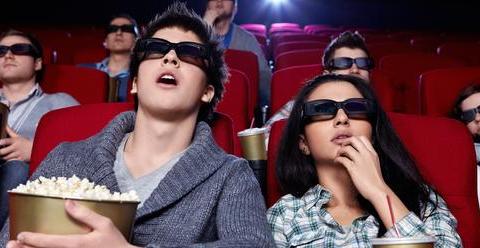Why We’re Bored with Movies in 3D

What’s the Latest Development?
To commemorate the 100 year anniversary of the Titanic disaster, the Hollywood film of the same name underwent 3D conversion, offering audiences a novel take on the aging blockbuster. But does 3D really have something unique to offer us, the audience, or is the technology a gimmick that manufactures demand for a sliding film industry? Despite the early success of the technology thanks to films like ‘Avatar’, film critic Ann Hornaday argues that 3D technology typically adds negligible value to films in both aesthetic and narrative terms.
What’s the Big Idea?
Billed as the best way to revive a film industry increasingly at the mercy of piracy and advanced home entertainment systems, 3D technology came at a cost to moviegoers. Tickets for 3D films can sometimes be twice the price of 2D versions, and if given a choice, audiences tend not to fork over the extra cash for the 3D experience. And although the experience purports to cultivate a more intimate relationship between viewer and film, Hornaday says the glasses needed to achieve the 3D effect create a literal boundary between spectator and screen.
Photo credit: shutterstock.com




